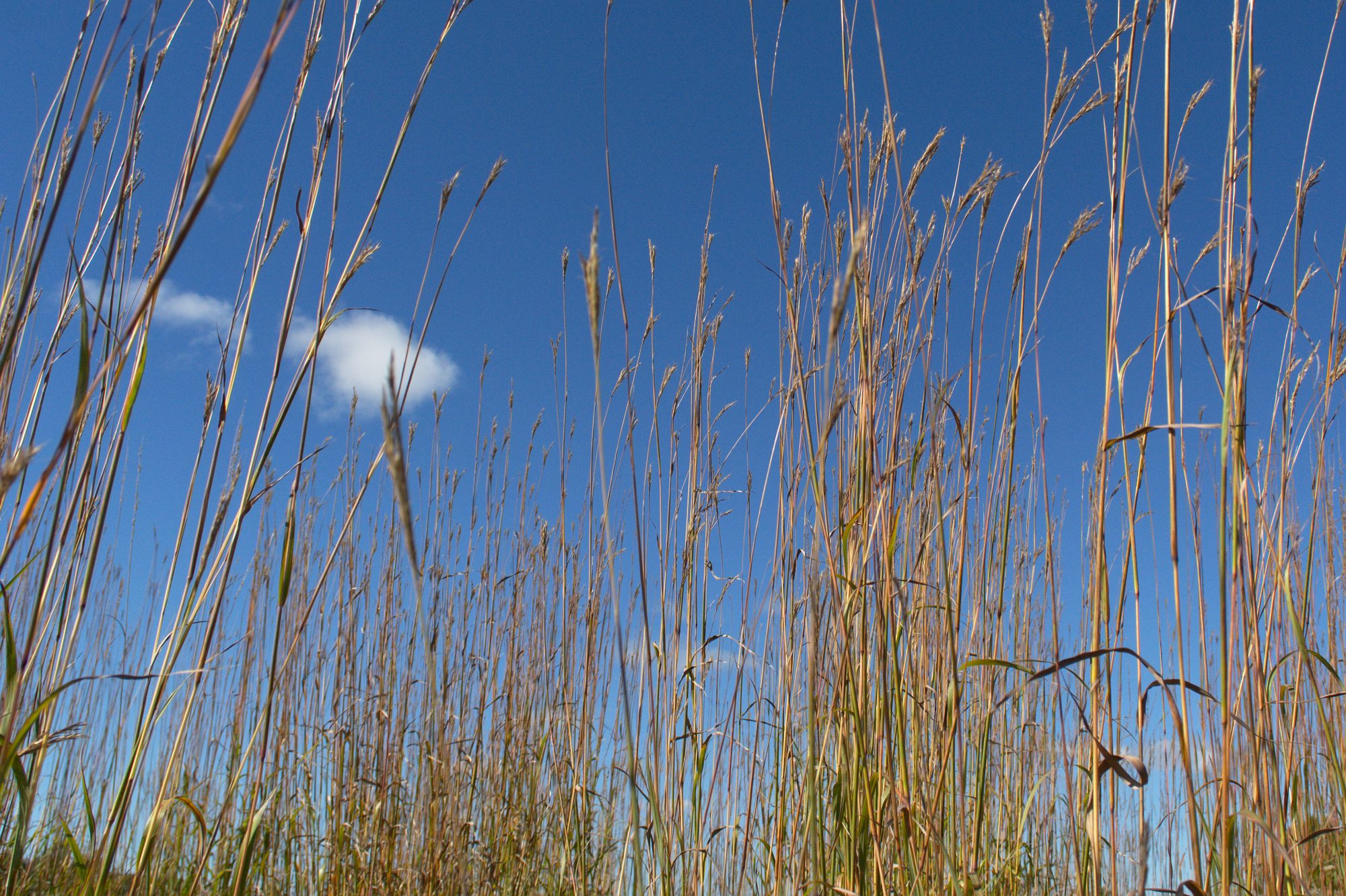History
To understand why the Rice Lake Plains area is so significant, not only at the local level, but at a truly global level, one must reflect back on the ecological history of this area. The ecosystems we have here today are a product of the last glacial movement that occurred 13,000 years ago. As the climate warmed and the glaciers retreated, the ice divided into two lobes, forming a distinct crack. It was in this crack that giant accumulations of till, stratified silt, sand and gravel were deposited, creating a contiguous ridge of 160 km from the Niagara Escarpment to the southern shores of Rice Lake. This ridge is known as the Oak Ridges Moraine (ORM) and is recognized as a provincially significant physiographic feature, up to 200 meters thick and 300 meters above Lake Ontario; providing clean groundwater for over 60 streams and rivers, which in turn is used by more than 200, 000 people. ...continue reading "Natural Heritage of the Rice Lake Plains"

